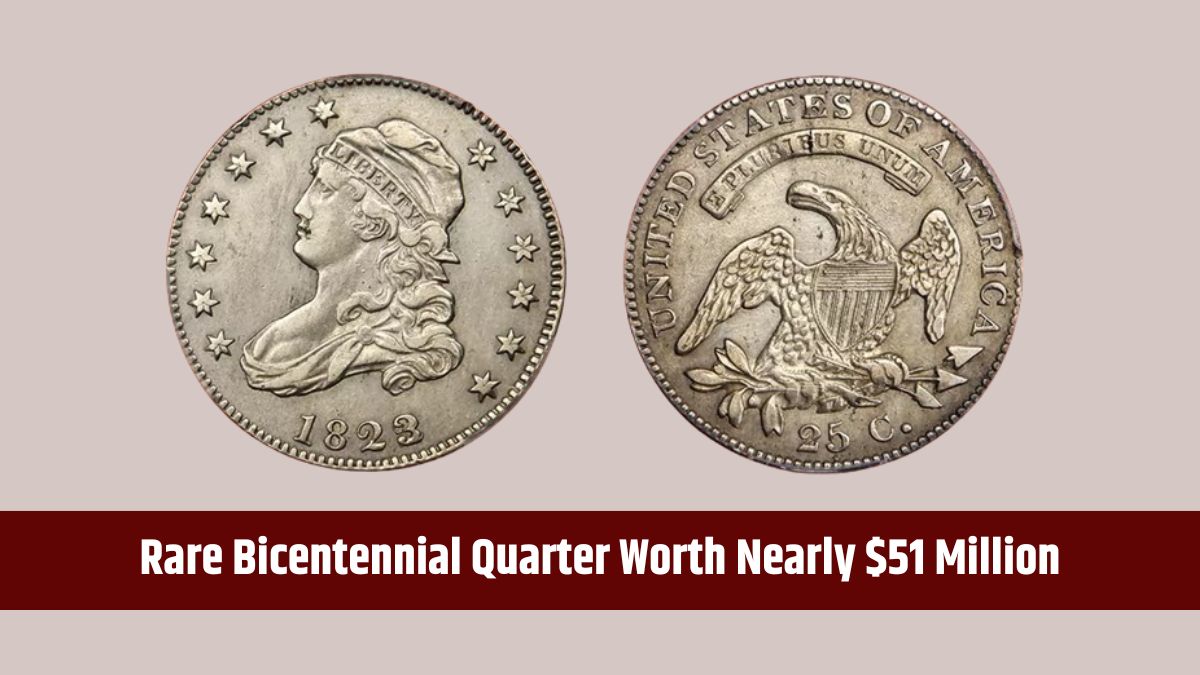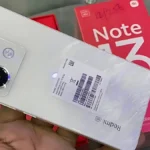Coin collecting offers a captivating window into history, where even the smallest coins can carry immense value. Among the most astonishing finds, the 1976 Bicentennial Quarter made headlines when it sold for nearly $51 million. Below, we explore five more extraordinary quarters valued at over $30 million and uncover the unique traits that make them treasures of numismatics.
1. Bicentennial Quarter: A $51 Million Masterpiece
History:
Minted in 1976 to honor the 200th anniversary of American independence, the Bicentennial Quarter features a Colonial drummer surrounded by 13 stars on its reverse, symbolizing the original colonies.
Why It’s Worth $51 Million:
- A rare minting error combined with flawless preservation set this coin apart.
- Unique features like a potential metal composition anomaly or striking mistake made it a must-have for elite collectors.
- Its pristine condition and historical significance catapulted its value to record-breaking heights.
2. 1796 Draped Bust Quarter: A Cornerstone of U.S. Coinage
History:
As one of the first quarters ever minted by the United States, the 1796 Draped Bust Quarter symbolizes the early days of American currency. Its obverse features Lady Liberty draped in flowing fabric, while the reverse showcases a small eagle.
What Makes It Special:
- Only 6,146 coins were minted, and surviving examples are rare.
- Its historical significance as a foundational piece of U.S. coinage adds immense value.
- Top-grade specimens have fetched over $35 million at auction.
3. 1804 Draped Bust Quarter: The “King of Quarters”
History:
The 1804 Draped Bust Quarter builds upon the legacy of its 1796 predecessor, maintaining the elegant design of Lady Liberty and the eagle.
Why It’s So Valuable:
- Fewer than a dozen examples are believed to exist today.
- Its rarity and role in early U.S. minting elevate its status among collectors.
- Valued at up to $40 million, this coin remains a pinnacle of American numismatics.
4. 1823/2 Capped Bust Quarter: A Numismatic Anomaly
History:
The 1823/2 Capped Bust Quarter stands out for its overdate error, where the year 1823 was struck over an 1822 die. This quirky mistake adds a layer of intrigue to the coin.
Unique Features:
- The obverse depicts Lady Liberty wearing a cap, while the reverse shows an eagle clutching arrows and an olive branch.
- Its production error and limited availability make it a prized collector’s item.
- Auction prices have reached up to $37 million for well-preserved examples.
5. 1870-S Seated Liberty Quarter: A Coin of Mystery
History:
Minted in San Francisco, the 1870-S Seated Liberty Quarter is surrounded by mystery due to its extremely low mintage and scarcity today. Its obverse features Liberty seated with a shield, while the reverse displays an eagle.
Why It’s So Rare:
- Few coins were produced, and most were lost or melted down.
- Its historical and numismatic significance make it highly desirable.
- When found in excellent condition, it can fetch up to $42 million.
6. 1916 Standing Liberty Quarter: A Bold New Era
History:
Introduced in 1916, the Standing Liberty Quarter marked a departure from traditional designs, with a full-length depiction of Liberty holding a shield and olive branch.
Why It’s So Coveted:
- Only 52,000 coins were produced in its debut year.
- The artistic and symbolic design, combined with its rarity, appeals to collectors.
- Pristine examples have sold for up to $30 million, cementing its place among the most valuable quarters.
A Legacy of Value and History
These iconic quarters are more than just coins; they are symbols of artistry, history, and rarity. Each piece tells a unique story, from the patriotic Bicentennial Quarter to the mysterious 1870-S Seated Liberty Quarter. Their astonishing auction prices remind us of the hidden treasures that may still lie in plain sight.
FAQs
1. Why is the Bicentennial Quarter so valuable?
A rare minting error and impeccable preservation elevate its value to $51 million.
2. How rare is the 1796 Draped Bust Quarter?
Only 6,146 were minted, making it extremely rare and highly desirable.
3. What is special about the 1823/2 Capped Bust Quarter?
Its overdate error, where 1823 was struck over 1822, adds unique appeal.
4. Why is the 1870-S Seated Liberty Quarter significant?
Its extremely low mintage and survival rate make it a numismatic treasure.
5. How much can a 1916 Standing Liberty Quarter sell for?
In pristine condition, it can fetch up to $30 million.






